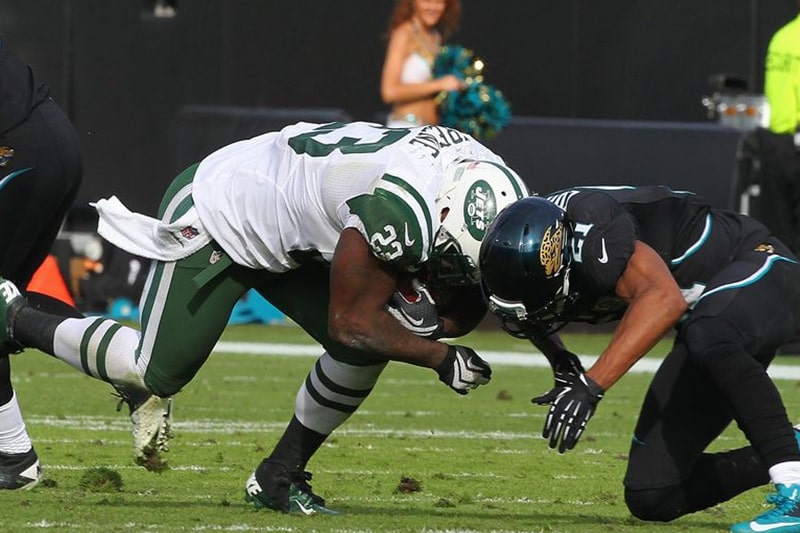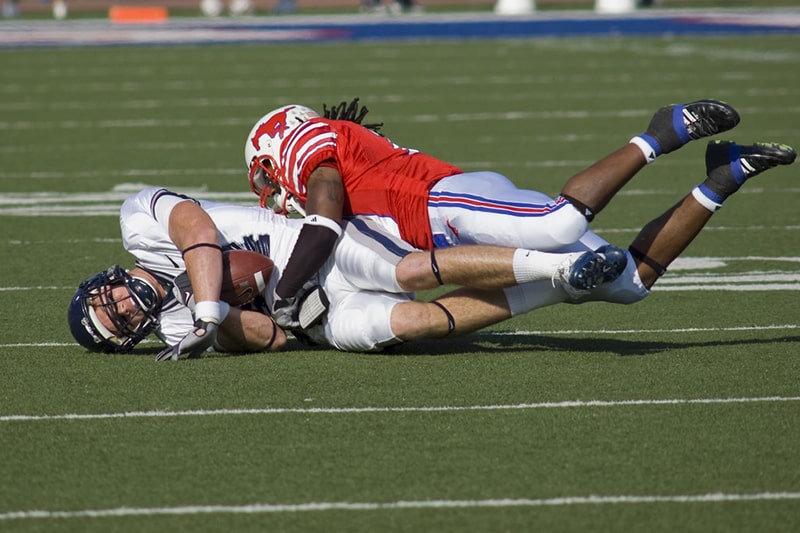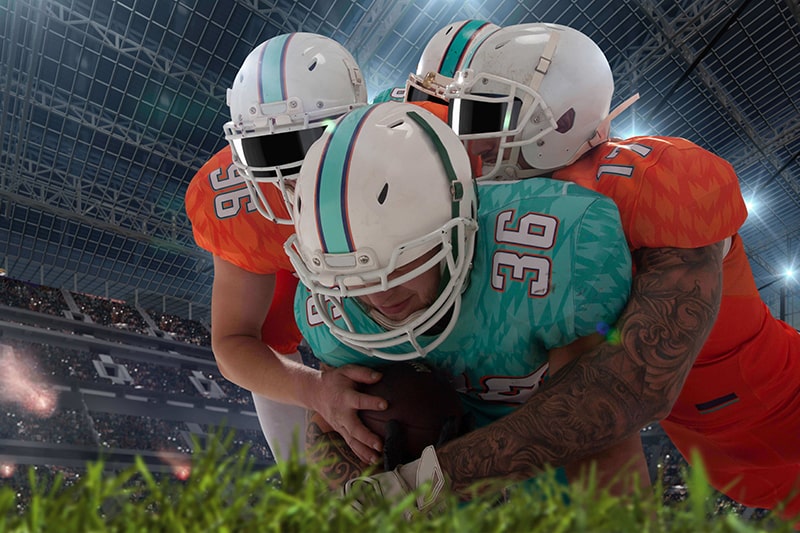How Long Does a Football Player Remain Out With Concussion?
A concussion is one of the most common injuries in the NFL and American football. According to statistics, around 0.41 concussions occur per NFL game. Of these, 67.7% of concussionsRead More




